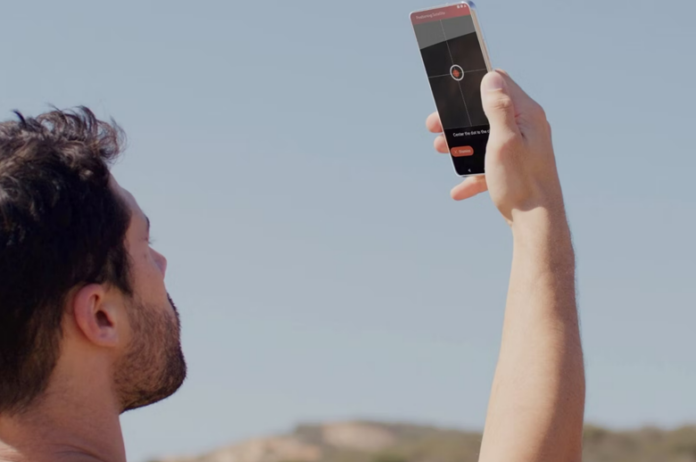We’re hearing more and more talk about satellite-to-device connectivity as one of the most exciting telecoms developments of recent years. Satellite companies, smartphone manufacturers, chipset makers and cellular networks are all racing to make it a reality. TCL takes a closer look at what this means for smartphone users.
- What is satellite-to-device?
Satellite-to-device connectivity is exactly what it sounds like—a set of technologies that enable you to receive a satellite connection directly on your smartphone. Before this technology came into view, you would generally need special and usually expensive equipment to use a satellite voice or data connection.
- What are the benefits of satellite-to-device?
Cellular connectivity is widespread, but there are still many corners on the planet that are not covered by cellular networks. Satellite-to-device tech allows you to stay in touch from your smartphone even where there is no cell coverage. You can, for example, send an emergency message from the top of a mountain, the middle of the ocean or deep in a wilderness from your phone.
Some companies envision a wider role for satellite-to-device than emergency calls and messages. For example, it might be possible one day to make international calls on a satellite network when you’re travelling rather than paying exorbitant roaming fees. Or you could have access to broadband services in the middle of nowhere.
- What are the limitations of satellite-to-device?
Satellite-to-device is still a new, niche market and the tech has a number of constraints. For a start, it’s not widely available in South Africa. When it becomes more accessible, you can initially expect to pay a steep price for it. You would either need to buy a premium phone that includes a couple of years emergency satellite connectivity in its upfront price or buy a satellite subscription.
What’s more, the utility is still quite limited. The early solutions enable you to send an emergency SOS by text and we are now just starting to see global providers look at two-way text messages for emergencies, as well as non-emergency SMS. For now, you’re not going to be using a satellite connection from a normal Android phone to browse the web while you summit a mountain.
- What does the future look like?
There are significant commercial, technical, and regulatory hurdles for satellite-to-device. With most smartphones, you still need to point your phone to the satellites in the sky to get a connection. It also uses a lot of battery power. Plus, most smartphone users are probably not ready to pay a premium for the service.
As such, it may be a while before it makes a difference for the everyday smartphone user. But we can expect it to be a game-changer for internet of things applications like connected vehicles or remote sites like mines and farms. Plus, there are undoubted benefits in using the technology for certain public safety applications.

